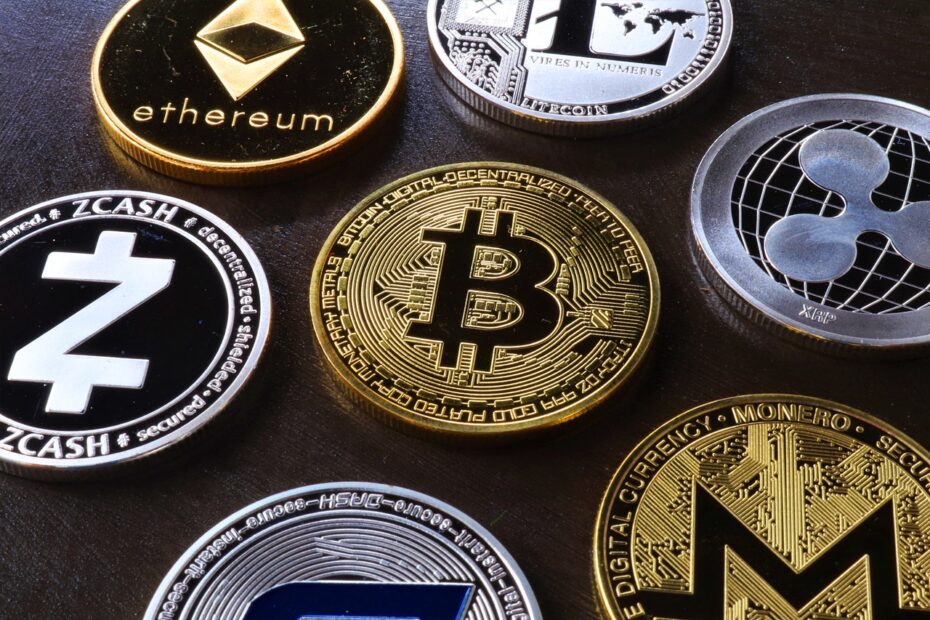Introduction
The crypto world developed in its early years in a tumultuous and chaotic way. It confronted the players in the financial world, including regulators and clients, with a new context. Concepts and terms were unfamiliar and carried with them ambiguities and even dangers. The use of the cryptocurrency terms and the types of tokens were sometimes confusing and based on a poor understanding of their intrinsic characteristics and the differences between the various types. The regulatory bodies that put their hands on the matter had to deal with the detailed analysis of the situation. However, it is in continuous evolution with the birth of new products, services and applications in the DeFi field.
From a ontological point of view, there are 3 main types of tokens: utility, security and payment tokens.
Payment tokens
Payment tokens are alternative means of payment and exchange. Unlike fiat currencies such as the US dollar, euro or Japanese yen, payment tokens like Bitcoin are not legal tender. They lack government backing (except for the recently news of El Salvador). Instead, their main goal is to be a decentralised tool for buying and selling goods and services without traditional intermediaries (such as banks, credit card, payment processor, etc.)
Cryptocurrencies
Cryptocurrencies have many more similarities to commodities, such as gold, than traditional currencies. In fact:
– Cryptocurrency performance does not depend on the performance of a particular country’s economy
– Interest rates and monetary policies do not impact the value of cryptocurrencies
– Investors often prefer to own cryptocurrencies while waiting for them to increase in value. And then convert them into traditional currencies.
According to the authorities of Europe and other countries, the purchase and use of virtual currencies is a lawful activity. This because the parties are free to obligate themselves and pay sums that are not legal tender.
A ruling of the European Court about the obligation to pay VAT in case of provision of services of bitcoin/traditional currency exchange has also clarified that virtual currency is not comparable to legal tender, although it has the same purpose of means of payment.
Utility tokens
Unlike cryptocurrencies, utility tokens are not only means of payment. They are a kind of coupon convertible into products or services of the company that issues them. They became popular as part of Initial Coin Offerings (ICOs) and their use was to raise funding. This was due to the fact that this choice, from a regulatory standpoint, was easier than other forms of funding. However, time showed that the regulatory simplicity left room for fraud and scams. It mostly resulted in the rapid demise of many startups that left the holders of their tokens empty-handed.
Utility tokens thus grant holders access to a current or future product or service. However, they do not grant holders the rights of investments in the company’s capital and thus should not be regulated. However, even among regulators there are sometimes partially different interpretations:
- The German BaFin states that utility tokens are not electronic money due to the fact that they are not accepted by third parties and therefore clarifies that “any trade-based services performed exclusively with these tokens on the secondary market do not require authorisation”.
- The UK authority (FCA), on the other hand, believes that utility tokens in some cases are electronic money and in these cases activities involving them should be subject to different regulations.
- As for EU, the European Banking Authority’s report with advice for the European Commission on crypto-assets states that the usage examples of utility tokens may differ significantly and consequently the regulatory treatment may not be the same either.
Security tokens
Security Tokens, also referred to as Asset Tokens, Equity Tokens or Investment Tokens, provide rights and obligations similar to securities or investments such as stocks or debt instruments.
The European Securities and Markets Authority (ESMA) has undertaken a survey among the national competent authorities of EU member states. The goal was to determine the legal status of crypto-assets and the possible applicability of the EU Financial Regulation ESMA.
The result of the survey showed a convergence towards the common view that cryptoassets that meet the necessary conditions to qualify as financial instruments should be regulated as such. However, the report also highlighted the difficulties in classifying some tokens under the existing rules.
Therefore, BaFin suggests that the general rule for classifying a financial instrument is that it is transferable, tradable in the financial market and includes rights comparable to securities.
In practice, the line taken at European level is to privilege substance over form, that is, to analyze the characteristics of the tokens and make them fall into the traditional financial categories and then apply the rules of the category.
If rights comparable to those associated with securities are attached to a token, then the token facilitates greater tradability through simplified transferability and greater marketability and is therefore quite similar to a traditional security.
A dynamic world: hybrid models
Of course, token models do not end there. Academic researchers made attempts to produce a comprehensive taxonomy of tokens and the result was a complex classifications with a large number of characteristics.
On the other hand, the industry is very dynamic. Innovators will continue to strive to come up with different models. If fact, already now a number of existing tokens combine the different categories.
To confirm this, FINMA points out that security tokens and utility tokens can also be payment tokens, in which case the requirements are cumulative or, in other words, the tokens are both securities and means of payment. Indeed, there are already many providers who plan to use their tokens in the future as means of payment and thus virtual currency. Regulators agree again: the general approach is to define the function of the token and analyse the specific use cases.
